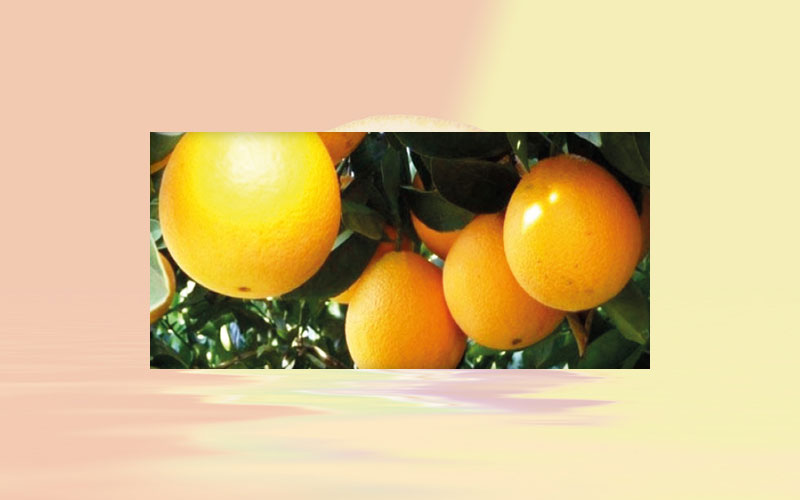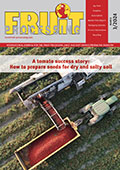With a larger orange harvest in Brazil, juice inventories should be higher in June 2020
As orange production is higher this season (2019/20), orange juice inventories should increase again until the end of the crop. According to a report from CitrusBR (Brazilian Association of Citrus Exporters) released on February 18, ending stocks of Frozen Concentrate Orange Juice (FCOJ) equivalent should total 412.83 thousand tons at the processing plants…

As orange production is higher this season (2019/20), orange juice inventories should increase again until the end of the crop. According to a report from CitrusBR (Brazilian Association of Citrus Exporters) released on February 18, ending stocks of Frozen Concentrate Orange Juice (FCOJ) equivalent should total 412.83 thousand tons at the processing plants from São Paulo by June 30, 2020. This is the highest volume registered in five seasons (since 2014/15), considering CitrusBR’s historical series.
If this volume is confirmed, it would account for a 63 % increase compared to that in the 2018/19 season (253.18 thousand tons). This scenario was already expected, since orange production in the citrus belt (São Paulo and the Triângulo Mineiro) increased 34.6 % between the last season and the current one, according to Fundecitrus (Citrus Defense Fund).
Of the total volume produced, still according to CitrusBR, 59.7 million boxes (40.8-kilo box) will be allocated to the in natura market and 325.17 million, to processing. The average crop yield is estimated at 270.1 boxes for a ton of FCOJ Equivalent, and the total juice production is forecast at 1.2 million tons.
In August/19, Cepea calculations had pointed to the possibility of inventories to increase at processors to levels similar to that estimated by CitrusBR, at 400 thousand tons.
REFLEXES IN 2020/21 – Although estimates point to a recovery in the volume stocked (the last four seasons closed with lower volumes), the effects on juice inventories in 2020/21 will depend on the amount to be produced in the coming season. However, since citrus growers expect next crop to be at least 30% smaller than the 2019/20, inventories should decrease to lower levels in June/21.
If production decreases, the prices paid to growers by the industry may rise, since demand should remain firm in this segment, despite the high inventories. In the in natura market, quotes may be favored by low supply, since processors should try to purchase the largest possible amount of fruits, to prevent inventories from decreasing to critical levels in June/2021.
MARKET IN FEBRUARY – Orange consumption decreased in the in natura market in the second fortnight of February, due to the rainy weather in some regions of São Paulo State and fruits’ lower quality. However, the low supply of higher quality pear oranges underpinned prices during the month. Between February 3 and 28, pear orange prices averaged 33.06 BRL per 40.8-kilo box, on tree, 8.3 % up compared to that in January.
TAHITI LIME – The harvesting pace for tahiti lime was fast in February in the major producing regions from São Paulo State. Supply, which has been increasing since December, hit its peak last month, and according to agents consulted by Cepea, it may continue high until late March.
Besides that, rains influenced the in natura market too, hampering activities in the field and lowering fruits quality. Moreover, the sales pace was slow in February, due to the carnival season in Brazil.
Thus, in February, tahiti lime quotes averaged 10.24 BRL per 27-kilo box, harvested, the lowest for the month since 2017, in nominal terms, and 14.9 % down compared to that in January.









